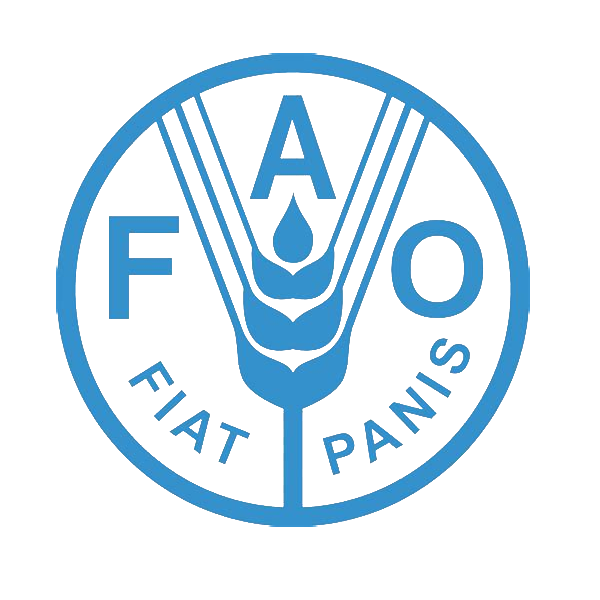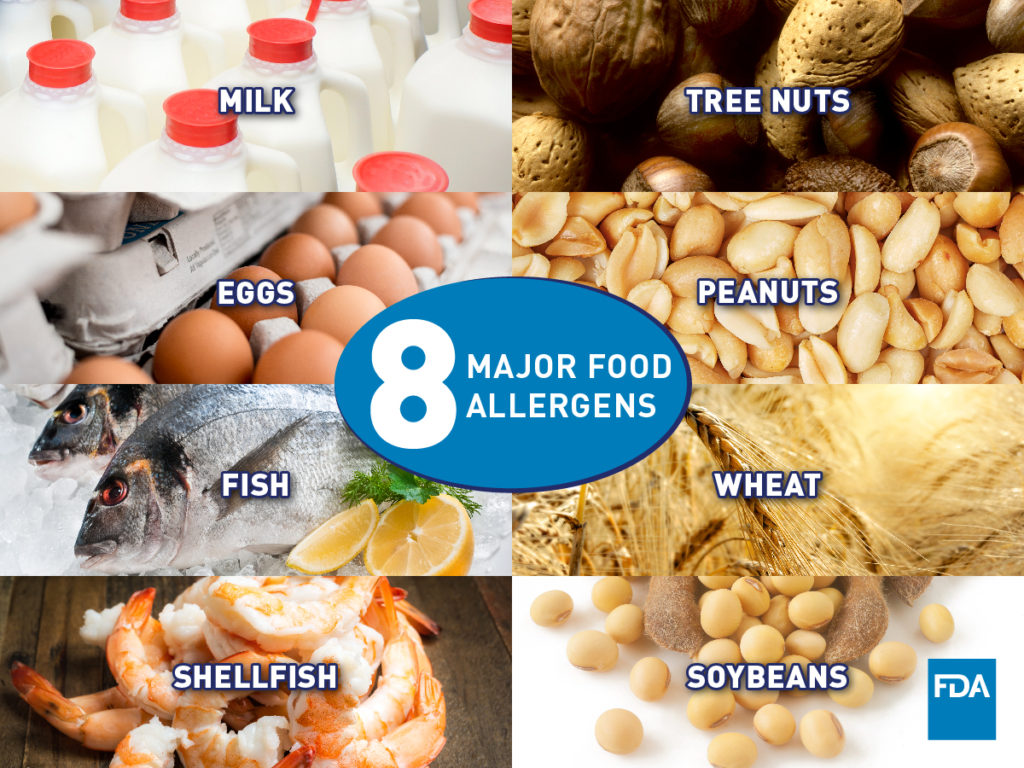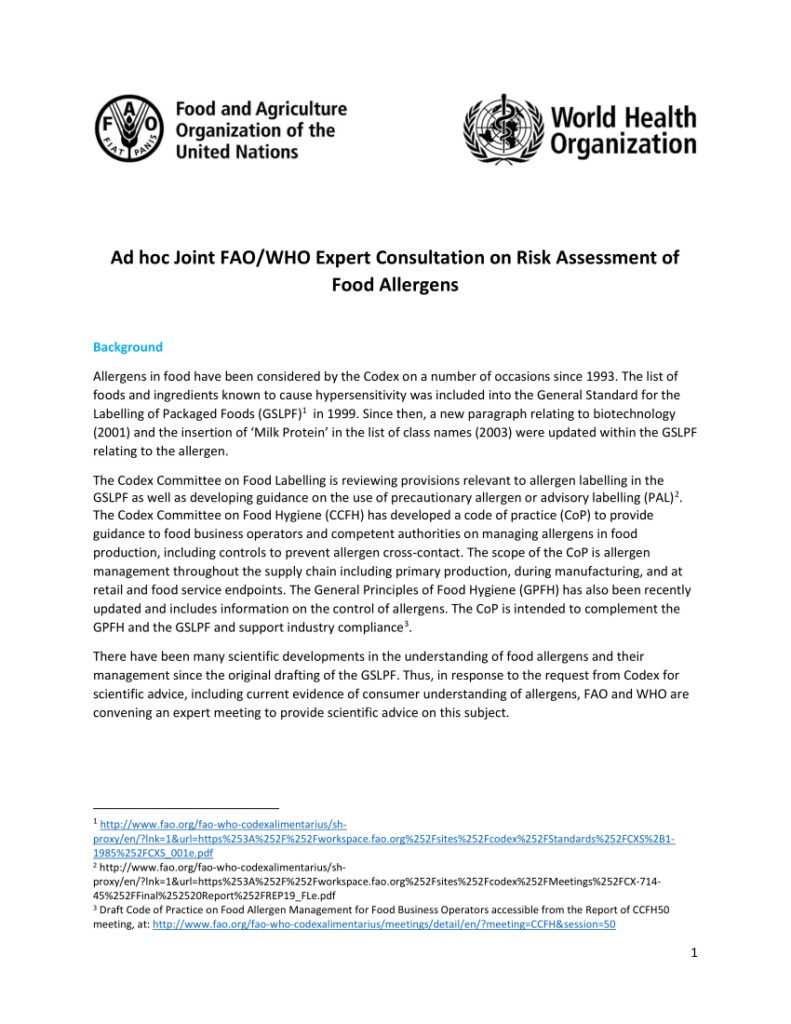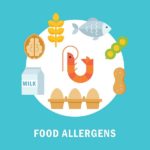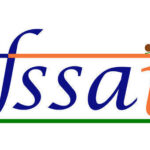What are Priority Allergens ?
In a Joint Expert Consultation meeting by FAO/ WHO on Risk Assessment of Food Allergens , an expert Committee, composed of scientists, regulators, physicians, clinicians and risk managers from academia, government and the food industry was formed to validate the allergen list.
The Expert Committee determined that only foods or ingredients that cause immune-mediated hypersensitivities such as IgE-mediated food allergies and celiac disease should be included on the list of ingredients as allergens. It was recommended that foods or ingredients such as those which cause food intolerance rather than immune-mediated responses like sulphites, should be excluded from priority list.
What are the allergens on the Priority List?
The Committee identified three key criteria’s that should be used to establish the priority allergen list. These are the prevalence of the immune-mediated hypersensitivity to a specific food, severity and the potency of food / ingredient. Subgroups of the Expert Committee were established to review the literature on the prevalence, severity and potency of immune mediated hypersensitivity of each food currently on the GSLPG (General Standard for Labeling of Prepackaged Foods ) list . Although allergen labeling is mandatory in most of the countries, the list of allergens differs in each country. .
After thorough assessment of the three criteria’s, the Committee recommended that Cereals containing gluten (i.e., wheat and other Triticum species, rye and other Secale species, barley and other Hordeum species and their hybridized strains), crustacean, eggs, fish, milk, peanuts, sesame, specific tree nuts (almond, cashew, hazelnut, pecan,pistachio and walnut) should be listed as priority allergens.
Recently the US has included Sesame to its allergen list. Even Though the consumption of sesame is comparatively high in India, FSSAI has not considered sesame as an allergen.
The Committee recommended that some of the allergens, such as buckwheat, celery, lupin, mustard, oats, soybean and tree nuts (Brazil nut, macadamia, pine nuts), should not be listed as global priority allergens but may be considered for inclusion on priority allergen lists in individual countries.
As there is a current trend of consuming plant-based foods and diets consisting of alternative protein sources, it was recommended that pulses, insects and other foods such as kiwi fruits be included in a “watch list” and evaluated for the priority allergen list when data on prevalence, severity and potency become available.

